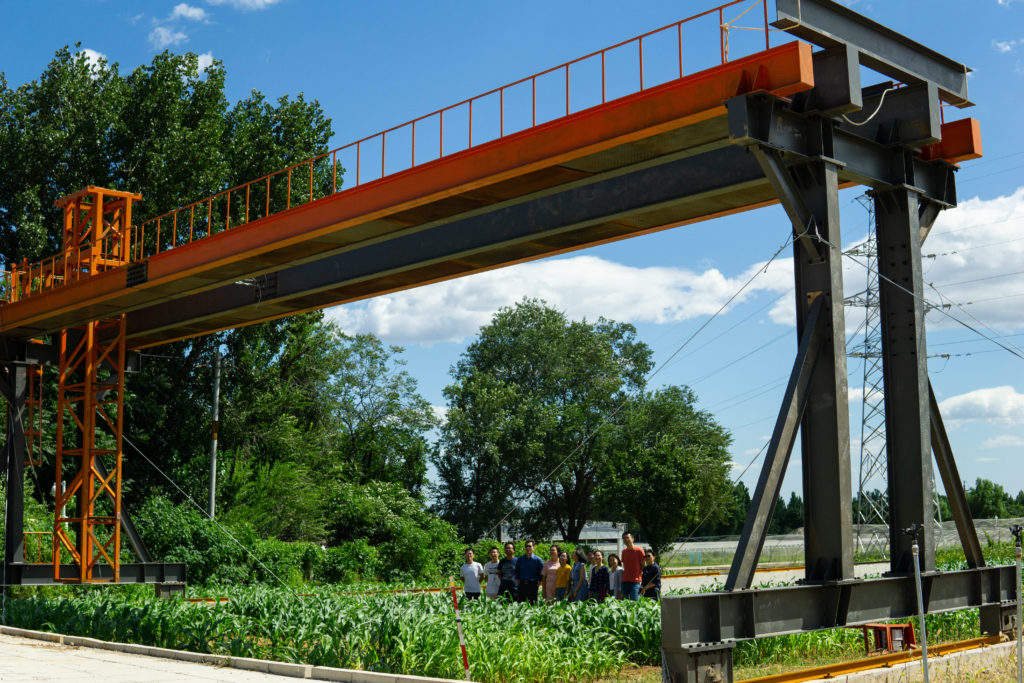

Phenomics studies the external performance of crop traits under the interaction of genes and the environment, which provides a new way for crop breeding. The current development of phenomics is far behind the development of genomics due to the lack of high-throughput phenotype platforms and algorithms. In order to solve the above bottlenecks, we developed a set of multi- scale crop phenotyping platforms (Crop3D) that can be used both indoor and outdoor. These platforms use the emerging lidar technology as the core and are integrated with various remote sensing sensors, including hyperspectral imagers, multispectral imagers, high-resolution cameras, and thermal infrared imagers (Guo et al., 2017b; Guo et al., 2018). Meanwhile, we developed a deep learning-based pipeline for extracting high-throughput phenotypes automatically, including steps of individual crop segmentation, individual organ separation, and phenotype extraction. This pipeline has been proven that can achieves an accuracy of over 90% in obtaining maize structural phenotypes at the individual organ level (such as plant height, plant area index, leaf width, leaf length, and leaf inclination angle) (Jin et al., 2018; Jin et al., 2020). Based on abovementioned platforms and algorithms, we further evaluated how key maize phenotypes respond to drought across the whole growth period (Su et al., 2019). Our high-throughput crop phenotyping platforms have the advantages of non-destructive, repeatable, and efficient compared to the manual measurement method, and the developed deep learning-based pipeline is faster and more accurate to measure structural phenotypes. The developed high-throughput crop phenotyping platform has promoted the development of crop phenotype research both in software and hardware, and has provided technical support for crop growth monitoring and crop breeding. Related results have been published in renown journals in this field, such as IEEE Transactions on Geoscience and Remote Sensing,Frontiers in Plant Sciences, Plant Methods, and Bulletin of Chinese Academy of Sciences. Among them, the paper describing the deep learning-based organ separation algorithm was selected as the front cover paper of IEEE Transactions on Geoscience and Remote Sensing.